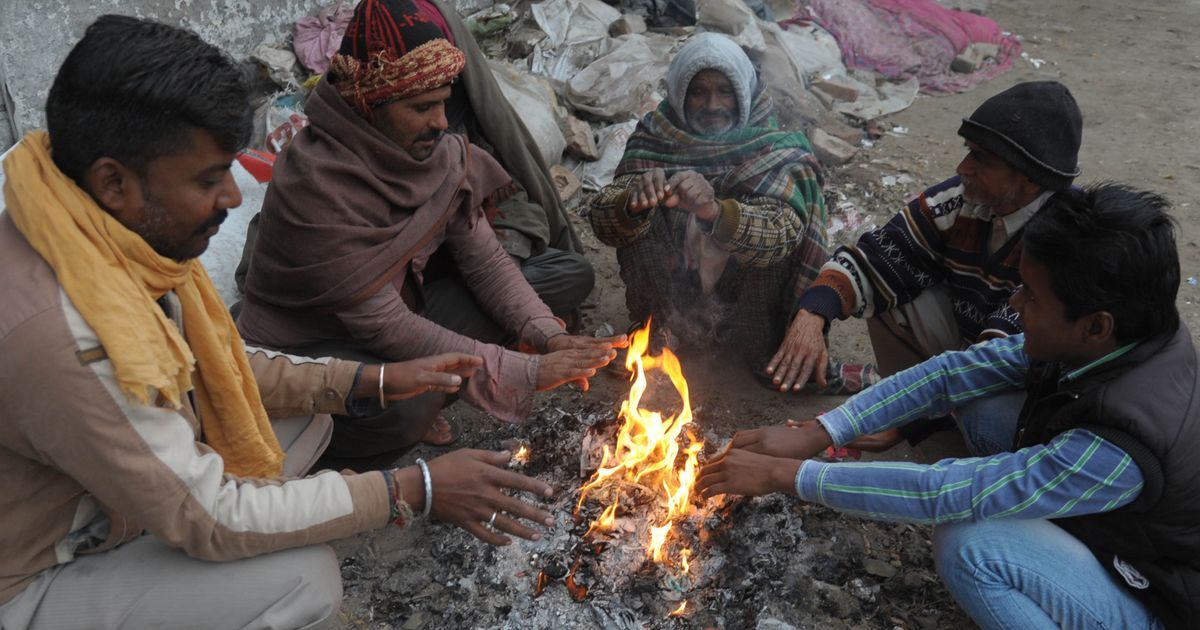
India is bracing for a potentially harsh winter as La Nina conditions are projected to emerge by October-November, possibly bringing severe cold waves to northwest and central India. The India Meteorological Department (IMD) has also reported a delayed withdrawal of the southwest monsoon, now expected to conclude by 17 October.
The southwest monsoon season, which typically ends by mid-October, has been delayed due to a low-pressure system affecting parts of northwest India. While the monsoon season officially concluded on 30 September, with India recording an 8% surplus in rainfall for the June-September period, the withdrawal process remains incomplete.
IMD chief Mrutyunjay Mohapatra stated, “Rainfall activity is expected to increase by the week starting 17 October. If this trend holds, the northeastern monsoon could commence in the southeastern peninsula by the same date.” Despite this delay, the official withdrawal date for the entire country remains unchanged, and the IMD will provide weekly updates.
Delayed Monsoon Withdrawal: Causes and Consequences
The monsoon withdrawal process, which began on 23 September, has stalled in Punjab and surrounding areas due to lingering low-pressure systems. Typically, the withdrawal begins around 17 September and is complete by 15 October. However, this year’s slower progression could have broader implications for agriculture and water management across several states.
India experienced significant weather activity during the 2024 monsoon season, including six depressions and 14 low-pressure systems in the Bay of Bengal. Additionally, a rare cyclonic storm, ‘ASNA,’ formed in the Arabian Sea, marking only the third such occurrence in August between 1891 and 2023.
Despite a sluggish start to the season, the country recorded 7.6% above-normal rainfall, with 934.8 mm total rainfall—107.6% of the long-period average (LPA). Rajasthan, Gujarat, West Madhya Pradesh, Maharashtra, Telangana, and Andhra Pradesh were among the regions receiving excess rainfall, while other areas reported normal to deficient rainfall patterns.
Impact of La Nina and Winter Outlook
La Nina, a weather pattern that typically leads to colder-than-normal temperatures, is expected to influence this winter’s climate across northern and central India. Mohapatra noted that global predictions on the development of La Nina have been uncertain, but there is now a 71% likelihood of its formation by October-November. Historically, La Nina conditions bring below-normal temperatures to northwest India, and this year could see the return of similar cold wave conditions.
The severity of the cold waves will be monitored, with more detailed forecasts to be issued in November. This colder winter could impact various sectors, particularly agriculture, which may be vulnerable to extreme cold spells.
October Weather and the Northeastern Monsoon
Looking ahead to October, the IMD predicts above-normal rainfall exceeding 115% of the LPA, which is 75.4 mm for the month, based on historical data from 1971 to 2020. While northeastern and southeastern India are likely to receive normal to above-normal rainfall, some areas in northeast and northwest India could see normal to below-normal rainfall.
Additionally, October marks the onset of the northeastern monsoon, a critical period for replenishing water reservoirs in southeastern India. This season, which runs from October to December, often brings cooler temperatures and increased risk of cyclonic activity, particularly in the southern regions.
Temperature-wise, most parts of India are expected to see above-normal minimum temperatures in October, with central India and the southern peninsula projected to experience normal to below-normal maximum temperatures.
As the country prepares for a colder-than-usual winter and continues to monitor the delayed monsoon withdrawal, these weather changes highlight the growing unpredictability of India’s climate.
